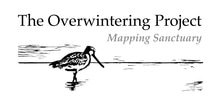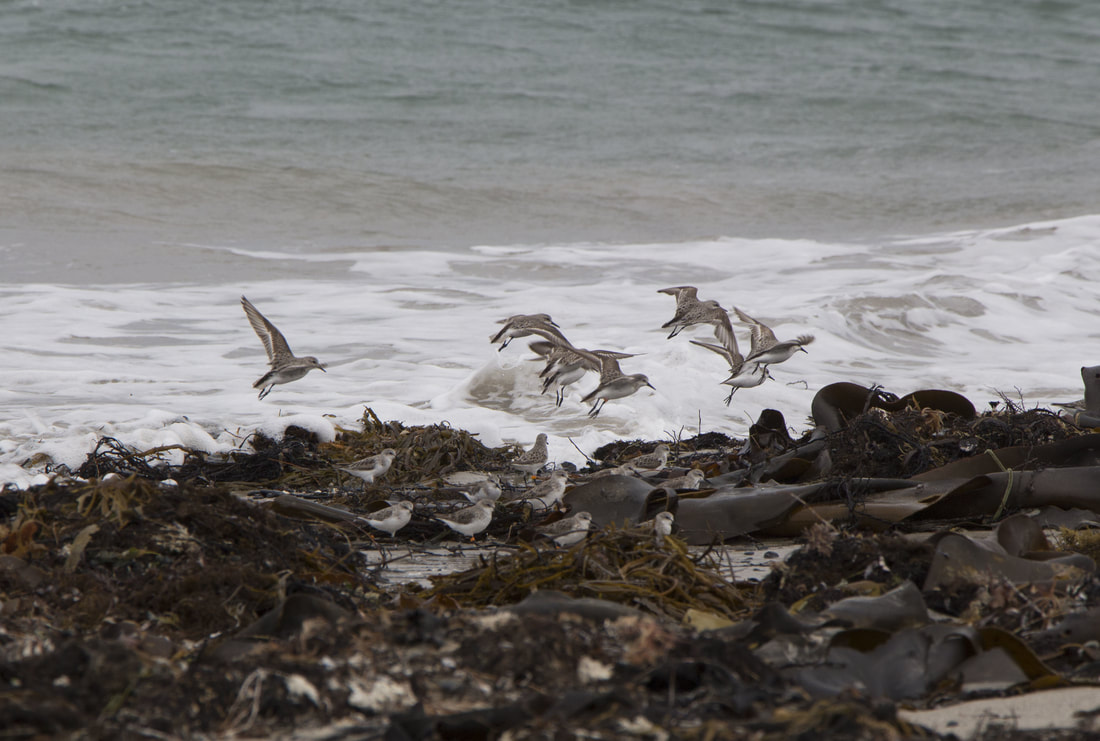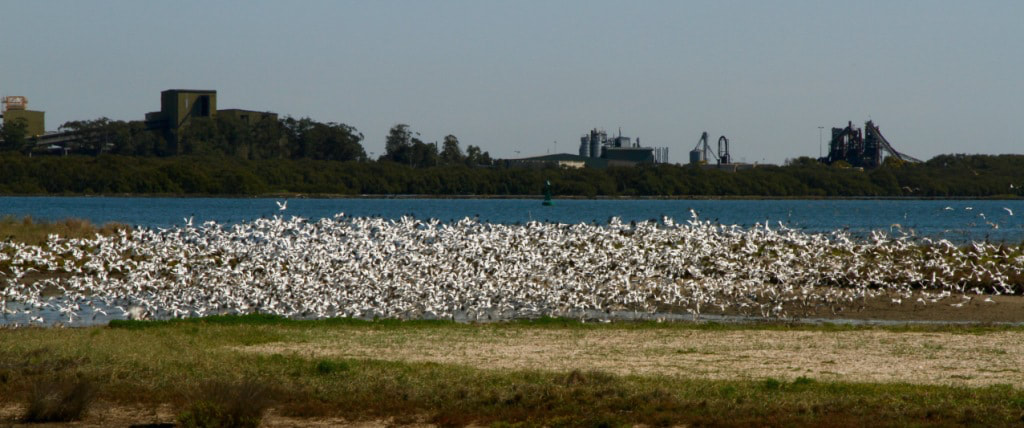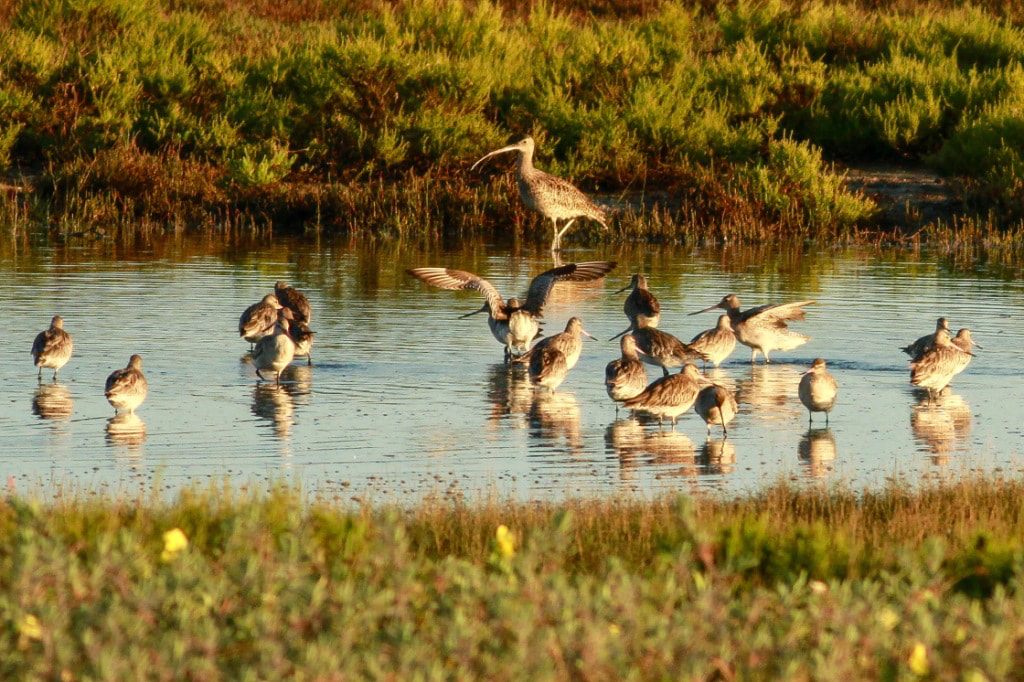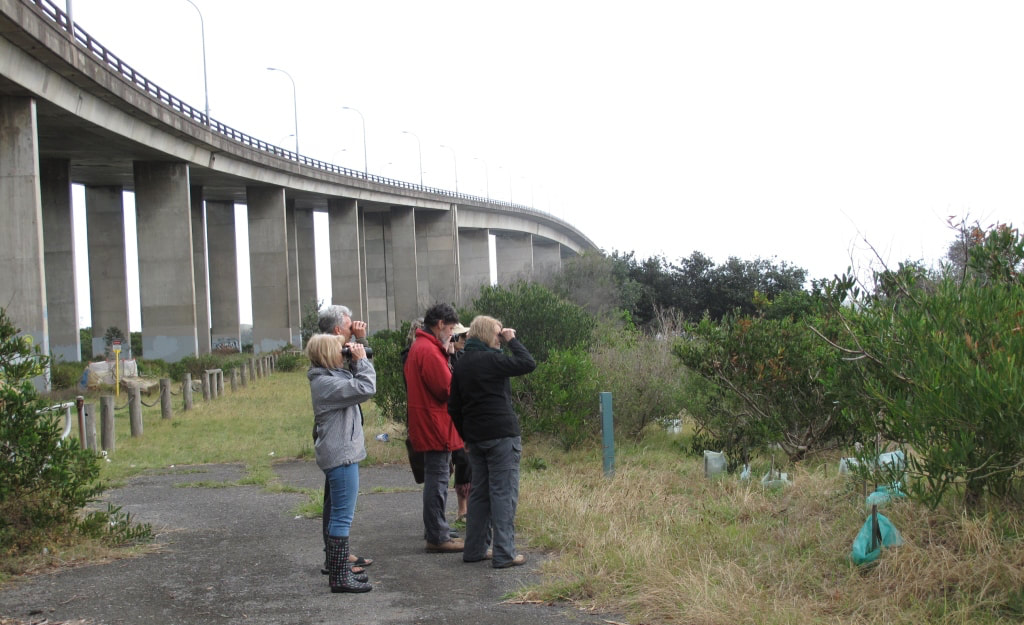Why site visits are important
If you are participating in the Overwintering Project: Mapping Sanctuary, you have been asked to find and visit your local migratory shorebird habitat. This visit to the site where shorebirds come, year after year, is critical to the project's aim to raise community and individual awareness of the intrinsic value and uniqueness of local shorebird habitat.
When a species is in trouble, too often we see the media dwell on the animal itself when often the creature's plight will be due to the devastation of its habitat. It is only by recognising the complexity and interdependence of natural systems that we can maintain the health of our global environment and the plants and animals with which we share it.
By focussing on habitat, and inviting artists to visit and engage with their local migratory shorebird habitat, the Overwintering Project: Mapping Sanctuary aims to bring shorebird habitat to the forefront when participants and audiences consider the challenges of migratory shorebird conservation. By virtue of their migrations, migratory shorebirds also remind us that habitat is not discrete - we cannot draw a line around this or that patch of habitat and call our job done. They also rely on habitat in each of the 23 countries of the East Asian-Australasian Flyway, and their journeys provide the perfect illustration of the globally interdependent ecology we inhabit.
Shorebirds are known for their site fidelity, and while a certain amount of adaptability is not unknown, many birds have been known to return to the same precise stretch of beach year after year. Whether your local shorebird habitat is a serene and pristine wetland, a narrow stretch of rocky coast, a reclaimed spit alongside docklands, or a patchy little beach beside a busy freeway, it is rendered precious and unique by the presence of these tiny international visitors. Australia and New Zealand are privileged to have over 100 overwintering sites for migratory shorebirds and it is our responsibility to value and preserve them.
Many of these sites are part of a Ramsar Convention designated site or a Key Biodiversity Area (KBA). If your site falls into either of these categories, there will be a lot of information available about all the species dependent on that habitat.
If you need help to find your local migratory shorebird habitat, please contact the project co-ordinator ([email protected])
When a species is in trouble, too often we see the media dwell on the animal itself when often the creature's plight will be due to the devastation of its habitat. It is only by recognising the complexity and interdependence of natural systems that we can maintain the health of our global environment and the plants and animals with which we share it.
By focussing on habitat, and inviting artists to visit and engage with their local migratory shorebird habitat, the Overwintering Project: Mapping Sanctuary aims to bring shorebird habitat to the forefront when participants and audiences consider the challenges of migratory shorebird conservation. By virtue of their migrations, migratory shorebirds also remind us that habitat is not discrete - we cannot draw a line around this or that patch of habitat and call our job done. They also rely on habitat in each of the 23 countries of the East Asian-Australasian Flyway, and their journeys provide the perfect illustration of the globally interdependent ecology we inhabit.
Shorebirds are known for their site fidelity, and while a certain amount of adaptability is not unknown, many birds have been known to return to the same precise stretch of beach year after year. Whether your local shorebird habitat is a serene and pristine wetland, a narrow stretch of rocky coast, a reclaimed spit alongside docklands, or a patchy little beach beside a busy freeway, it is rendered precious and unique by the presence of these tiny international visitors. Australia and New Zealand are privileged to have over 100 overwintering sites for migratory shorebirds and it is our responsibility to value and preserve them.
Many of these sites are part of a Ramsar Convention designated site or a Key Biodiversity Area (KBA). If your site falls into either of these categories, there will be a lot of information available about all the species dependent on that habitat.
If you need help to find your local migratory shorebird habitat, please contact the project co-ordinator ([email protected])
Red-necked Stints at Mushroom Reef, Flinders, Victoria.
Photo Credit: Julie Milton
Photo Credit: Julie Milton
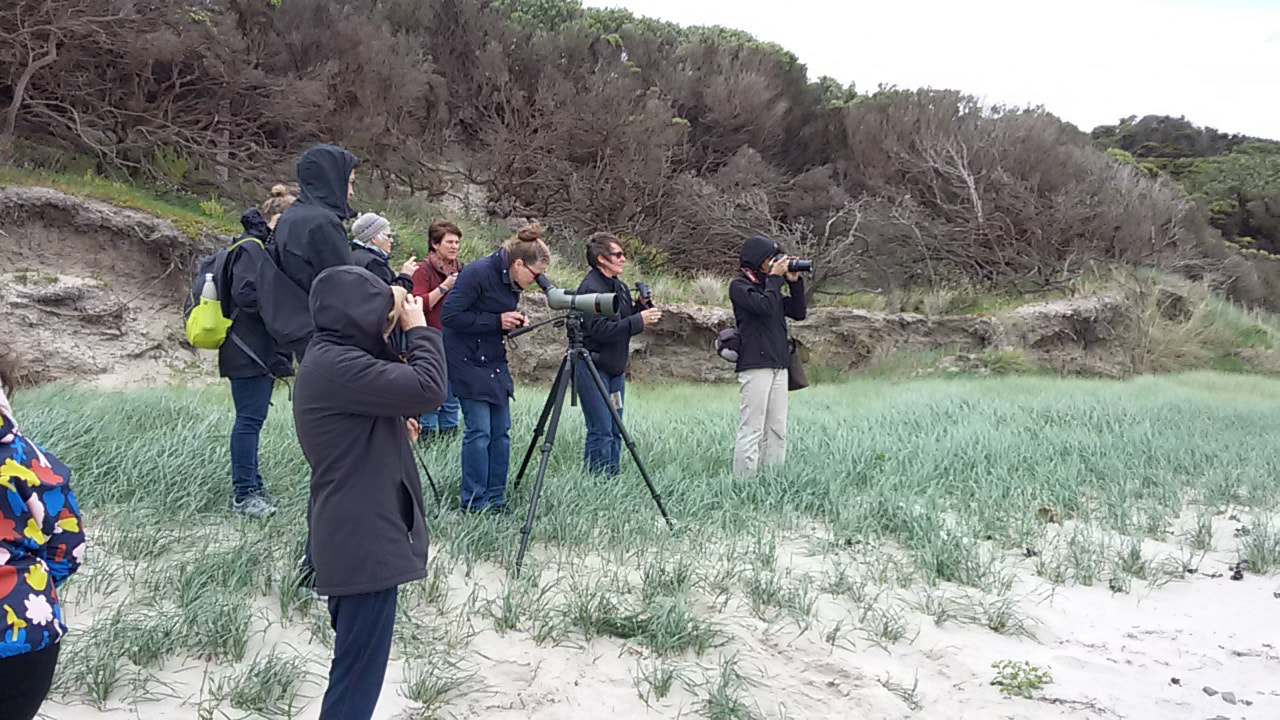
Artists and shorebird expert, Penny Johns, visit Flinders where Penny has been observing Ruddy Turnstone populations for many years.
Photo Credit: Alexis Beckett
Photo Credit: Alexis Beckett
Hundreds of stilts at the Stockton Sandspit, NSW. Observed during a visit by members of the Newcastle Printmakers.
Photo Credit: Juliana Ford
Photo Credit: Juliana Ford
Migratory shorebirds spotted at Stockton Sandspit, NSW, including the central Eastern Curlew - our largest and most endangered shorebird - and some Bar-tailed Godwits. Observed during a visit by members of the Newcastle Printmakers.
Photo Credit: Juliana Ford
Photo Credit: Juliana Ford
Artists from Newcastle Printmakers check out their local migratory shorebird habitat at Stockton Sandspit. The perfect example of habitat that may traditionally be considered unlovely and therefore without value - but which is part of a global network of interdependent sites, critical to conserve our migratory shorebirds and preserve the health of our environment. Birds are often called bio-indicators, meaning that their presence indicates the health of an area.
When the birds go, something is very wrong.
Photo Credit: Juliana Ford
When the birds go, something is very wrong.
Photo Credit: Juliana Ford
